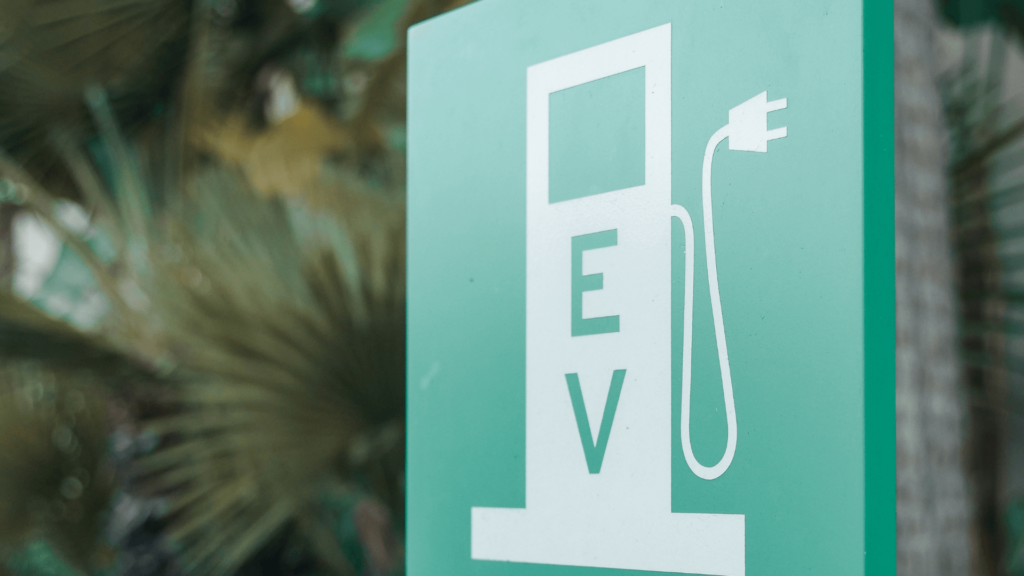Claude Crampes and Thomas-Olivier Léautier
For security reasons and because electricity is indispensable for the functioning of developed economies, the electricity industry is one of the most regulated. Out of all the public and parastatal supervisory agencies, national energy regulators, such as the Commission de Régulation de l’Energie [CRE] for France, play an essential role, particularly in controlling access tariffs and maintaining the quality of infrastructure. Yet, there are also transnational bodies such as the Agency for the Cooperation of Energy Regulators (ACER), which is the focus of this post.
Regulating transmission grids
In most utilities industries (such as water, electricity and natural gas) the economic liberalization of the 2000s, which opened up industries that were often publicly owned to competition, spared infrastructure.
To duplicate water supply networks, power lines or railways would be far too expensive compared with the potential gain from increased competition. Such infrastructure is therefore a natural monopoly. To prevent operators from abusing their market power (private monopolies) or lacking incentives to seek greater efficiency (public monopolies), most of the business of energy networks is under the control of regulatory agencies. But what about when their business does not stop at national borders? In the previous post, we saw that the EU Energy Union package pushed for building new interconnections and improving operations of existing ones. Who owns these interconnections? How do they operate and how are they regulated? Most of these interconnections are joint ventures concluded between transmission companies on both sides of the border. For example, the United Kingdom-France connection belongs half to the National Grid and half to the Réseau de Transport d’Electricité [RTE]. Operation of these lines is thus negotiated equally between these two transmission operators. Yet, the problem of how to regulate them remains.
The Role of ACER
The British agency Ofgem has no jurisdiction on the French side and symmetrically, the jurisdiction of theCommission de Régulation de l’Energie [French Energy Regulatory Commission] stops in the middle of the Channel.
To be able to better organise the work of national agencies in regulating interconnections, the Agency for the Cooperation of Energy Regulators (ACER) was created. It dates back to the Third Energy Package (adopted in July 2009), but it was only officially established in March 2011. Its headquarters are in Ljubljana, Slovenia. ACER is free to express opinions and recommendations directed at the energy regulators of Member States, transmission system operators and even EU institutions. These opinions and recommendations are not binding. However, ACER may make binding decisions regarding interconnections (capacity allocation, common management rules, grid access), provided that it does so at the request of national regulators or when they fail to agree.
With the encouragement to build new electricity interconnections and the threats hovering over gas imports from the eastern EU, it is likely that ACER will see its powers strengthened by the Energy Union Package. Indeed, in its Communication of 25 February, the European Commission noted that “EU-wide regulation of the single market should be strengthened, through a significant reinforcement of the powers and independence of ACER to carry out regulatory functions at the European level in order to enable it to effectively oversee the development of the internal energy market and the related market rules as well as to deal with all cross-border issues necessary to create a seamless internal market.” Yet, the term “European regulator,” which appeared in a first draft of the text, has disappeared. In the work programme listed at the end of the Communication, the review of the EU regulatory framework, particularly with regard to the functioning of ACER, has been postponed to 2015-2016, without further explanation.
It is likely that Member State governments and national regulators will seek to limit the extension of ACER’s powers. The national central banks’ loss of influence in the EU monetary union will serve as a foil to blockade any regulatory framework where national agencies would have to play a subordinate role (defined in the name of subsidiarity) in implementing energy policy.
How many regulators does it take?
The problem of choosing between a single European body and a set of national agencies, or a combination of both, for regulating this particular economic sector has been the subject of numerous academic studies that have been done with the growth and extension of the European Union.
The regulatory framework proposed in the Third Energy Package on cross-border issues shows the difficulties that arise when we seek to create a national/international hierarchy: the national agencies are better informed than the international agencies, but they must regulate activities caused by externalities outside the space that they control. For example, building a new line within a MemberState should be determined only by the transmission grid in the country concerned and its national regulator who is familiar with domestic needs. However, if there are interconnections with neighbouring countries, the reallocation of energy flows caused by the new line will affect the neighbouring countries’ energy grids. With cross-border externalities, it would therefore be better if the decision to build the new line is taken at the international level, whether it is a domestic line or an interconnection.
Yet, Member States have diverging interests and their domestic markets react differently to the building of a line or increasing its power, depending on whether they are energy importers or exporters. A new line enables the reduction of price differentials, which is good for consumers in the importing area (where the price drops) and producers in the exporting area (where the price goes up). The problem is that the situation deteriorates for other players and they will try to oppose the project or ask for compensation. National authorities are already struggling to organize the redistribution of profits among their citizens. When the decision comes from a supranational agency, the difficulties can only intensify. In addition, information collected by the national regulators about their electricity grids are probably more accurate than what a European regulator could collect, and thus that data would be less distorted as to the goals pursued. In terms of information, national regulators have the advantage.
The other aspect to consider is that of regulatory capture, that is to say, an agency’s ability to resist when the regulated companies ask it for more leniency, or on the contrary, when the customers of these companies (through the voice of their elected representatives) ask for more strict control. A priori, an international regulator can defend itself better against these kinds of requests, which are essentially national. The experience of the banking sector confirms this point.
Finally, another probable development in electricity transmission must be taken into account: consolidation. If transmission operators, which are today essentially national, launch mergers and acquisitions with their alter egos in other Member States, regulation of the national agencies involved must be highly coordinated, at the very least. If a single transnational grid is created from a merger-acquisition, managing everything through one regulator (de facto international) would be the most effective solution.
* * *
National and EU policies are only partially complementary. The best scenario for regulating the Energy Union, therefore, requires a transnational regulator with some of its prerogatives delegated to national regulators. These national agencies should remain in charge of the distribution business, which is a local affair, but a large part of high voltage transmission should be transferred to ACER. This transfer of powers to an EU body will be even more necessary as the coordination between transmission system operators increases, which we called for in our previous post.






